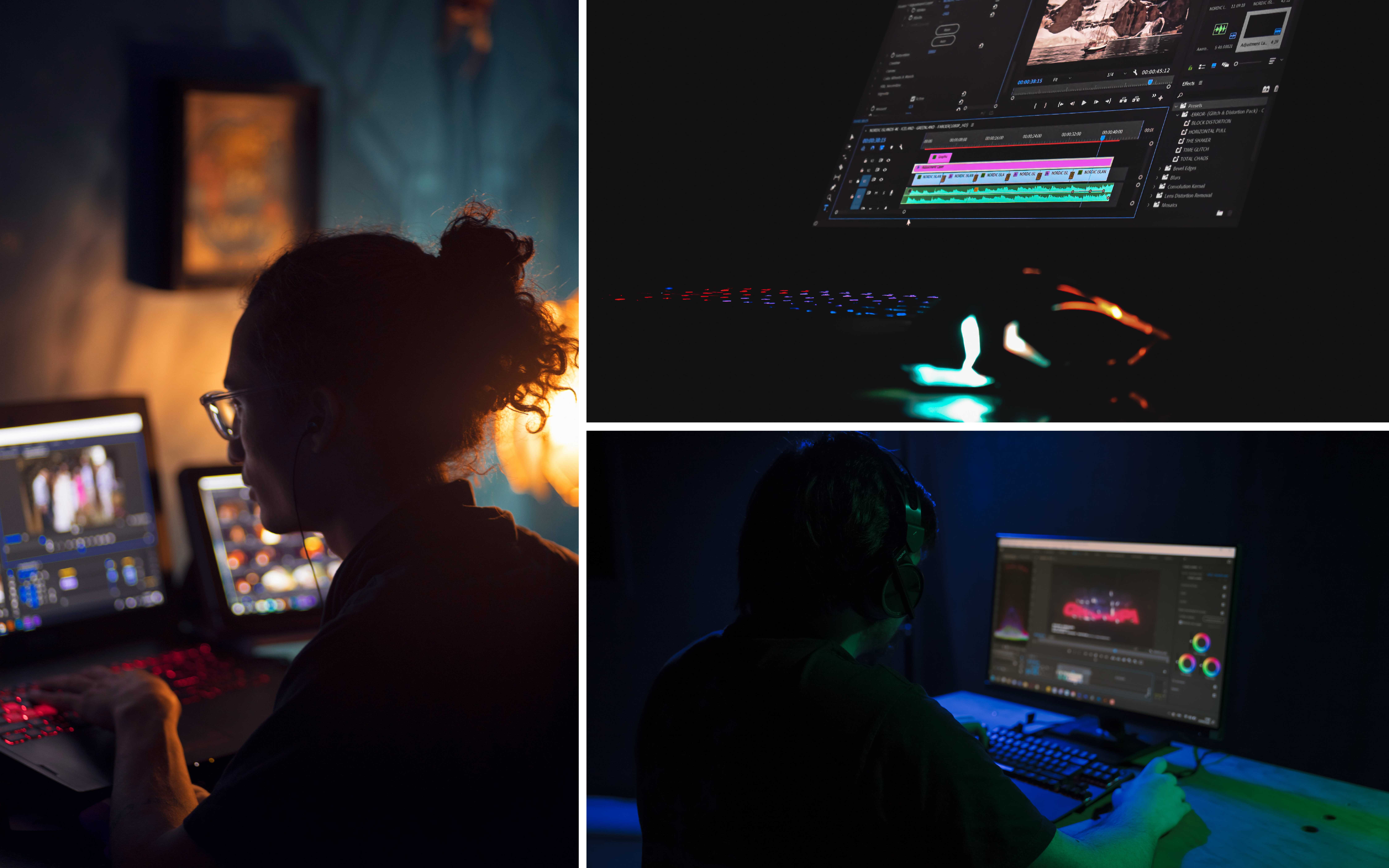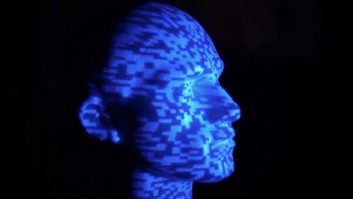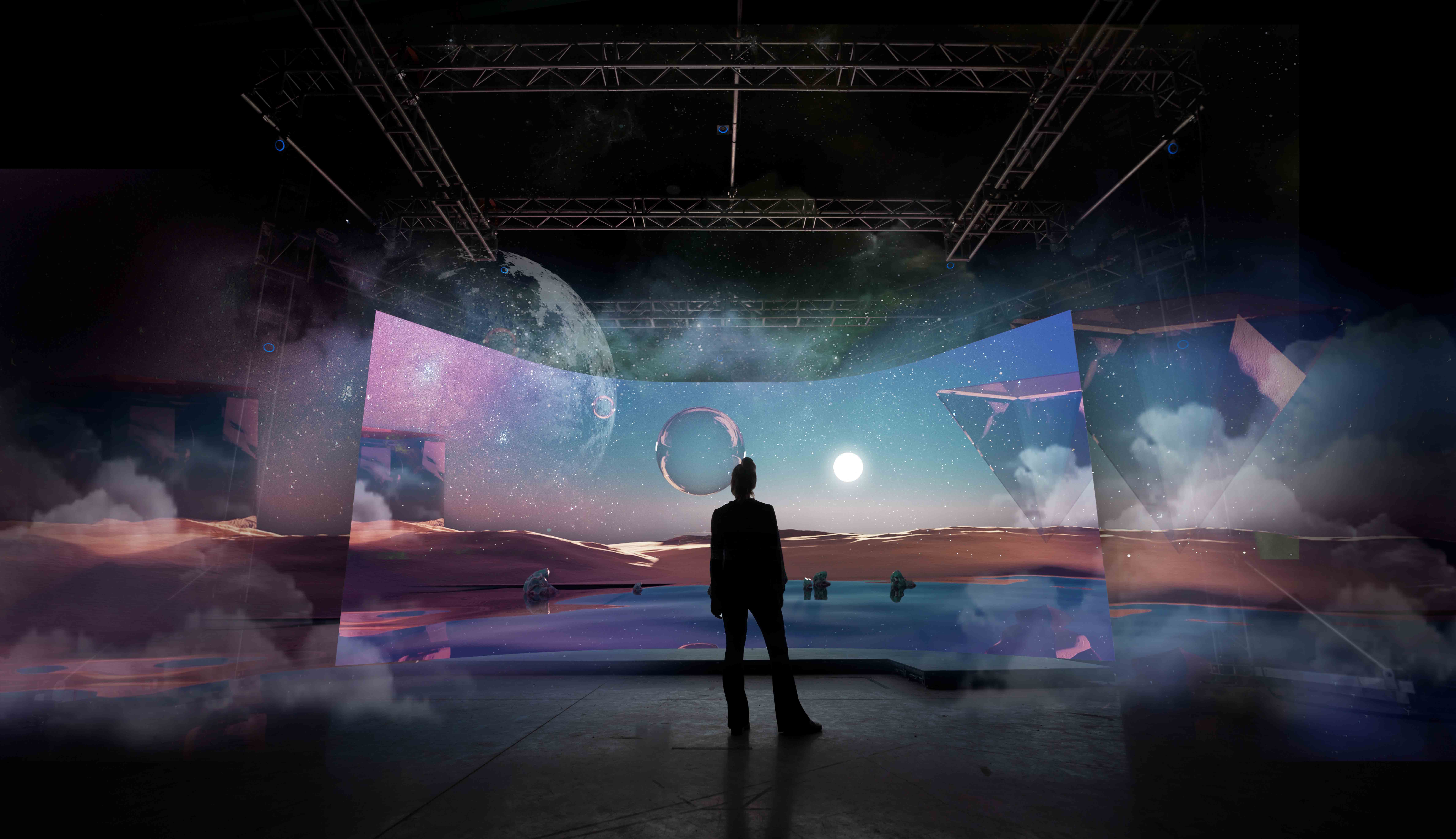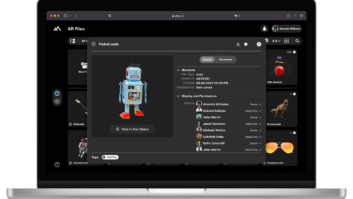As Sky and other organisations move toward launching 3D in the home, David Wood, deputy director of the EBU Technical Group, urged the industry to look at a number of still unknown topics. Carolyn Giardina reports.
Is a common standard for 3D TV doable? Does there need to be worldwide or regional standards? Are we sure that 3D production suits all sports? Does 3D ever turn from ‘wow’ to ‘ho-hum?’, asked David Wood at the recent Hollywood Post Alliance Technology Retreat, a four-day event held in sunny Palm Springs, California, during which an estimated 400 industry leaders and attendees examined technology trends.
“We owe it to ourselves to research the economic and behavioural issues. We owe it to the public to research physical effects,” Wood said. “Is half a dozen people working on this enough for a billion dollar industry? There should be more (research). What we have is anecdotes. I think we should add a word of caution to broadcasters, until we know the scientific evidence.”
To these points, Panasonic CTO Eisuke Tsuyuzaki reported that Panasonic and the nonprofit Entertainment Technology Centre@University of Southern California are planning to conduct a study of motion in relation to stereo 3D. “We need to understand the biophysics and physiology of watching things in 3D,” Tsuyuzaki said.
Professor Marty Banks of University of California at Berkeley has already conducted some studies, and he suggested that a health or science organisation might be able to provide additional research funding. Based on his work, Banks proposed that manufacturers consider the creation of 3D TVs with a user settings menu to accommodate variables such as viewing distance. This, he suggested, can impact viewing comfort, as for instance short viewing distances can be problematic.
At HPA, these cautionary messages were tempered with a string of updates about the global 3D movement, as well as manufacturers showing their latest 3D kit.
Hanno Basse, VP broadcast systems engineering DirecTV, reported on DirecTV’s plan to launch three 3D channels, beginning in June. This trio will include one linear 24/7 3D only channel, sponsored by Panasonic, which will essentially include all available content. “We have several content deals in place with top names in the industry,” he added, without providing details. The second channel will offer live events, and the third is planned for video on demand.
From TV to the PC, Phil Eisler, general manager of 3D Vision at NVIDIA discussed the rollout of new 3D PCs, such as the new ACER netbook, as well as 3D ready mobile devices and tablets. He estimated that about 100,000 3D-ready PCs are already in the market, half of which are in Europe. Eisler predicted that one million could enter the market by mid-2011. He also reported that NVIDIA and Adobe are beta testing active shutter glass technology, designed for home use.
As for content, he noted that over 5,000 YouTube videos are already offered 3D, though “of varying quality.” These clips may also find viewers via mobile devices, suggested Ethan Schur, chief marketing officer at TDVision.
“Mobile 3D will become increasingly important, especially because the mobile turnover is faster than TVs,” he pointed out, adding that autostereo options are already surfacing for mobile devices. “Personally, I don’t think autostereo (for TVs) will be ready in 20 years. For a mobile device, I think it can be viable.”
The exhibition area included a number of evolving technologies aimed at forwarding the 3D market. Dolby previewed an encoding and real-time decode system for Full HD 3D. The Dolby system utilises AVC compression and is developed to use 7.5 Mbps, for low bit rate applications such as cable, satellite and online. The demonstration showed 1920×1080 24fps content.
Miranda previewed two 3D developments — its Multiviewer, upgraded to view stereo content, and a branding/master control system. The company also revealed that it is developing technology that automatically gauges depth, for use in setitng viewing positions for graphics.
For production, Fujinon showed a new system that calibrates and synchronises two lenses for stereo 3D shoots. Imartis and IFX teamed to present a 3D workflow using a SwissRig beam splitter rig and IFX’s On-set control system.
The conference program underscored the still varied approaches and views on 3D production. For instance, 3Ality Digital CEO Steve Schklair has repeatedly asserted that 3D production doesn’t have to cost more that 2D. But Wayne Miller, president/CCO of Action 3D Productions, offered a different perspective during his HPA address, suggesting that 3D production costs will be higher — an estimated 30% higher for a multicamera 3D shoot.
Non-3D topics in the HPA programme included a look at some new collaborative workflows, including UK R&D project MUPPITS (Multiple User Post Production IT Services). Peter Wilson related that the open system is based on a service-oriented architecture, and includes features such as remote rendering and tapeless workflow tools. BBC, Sohonet, Pinewood, Molinare and Smoke & Mirrors are partners in the project. Wilson reported that the service is available for business.
Arri grabbed attention with a working prototype of its new 35 mm format digital camera technology, code amed Alexa, which was first announced at IBC. There will be three ‘Alexa’ models — ranging in price from €50,000 to €130,000 – that will include a new CMOS sensor.







